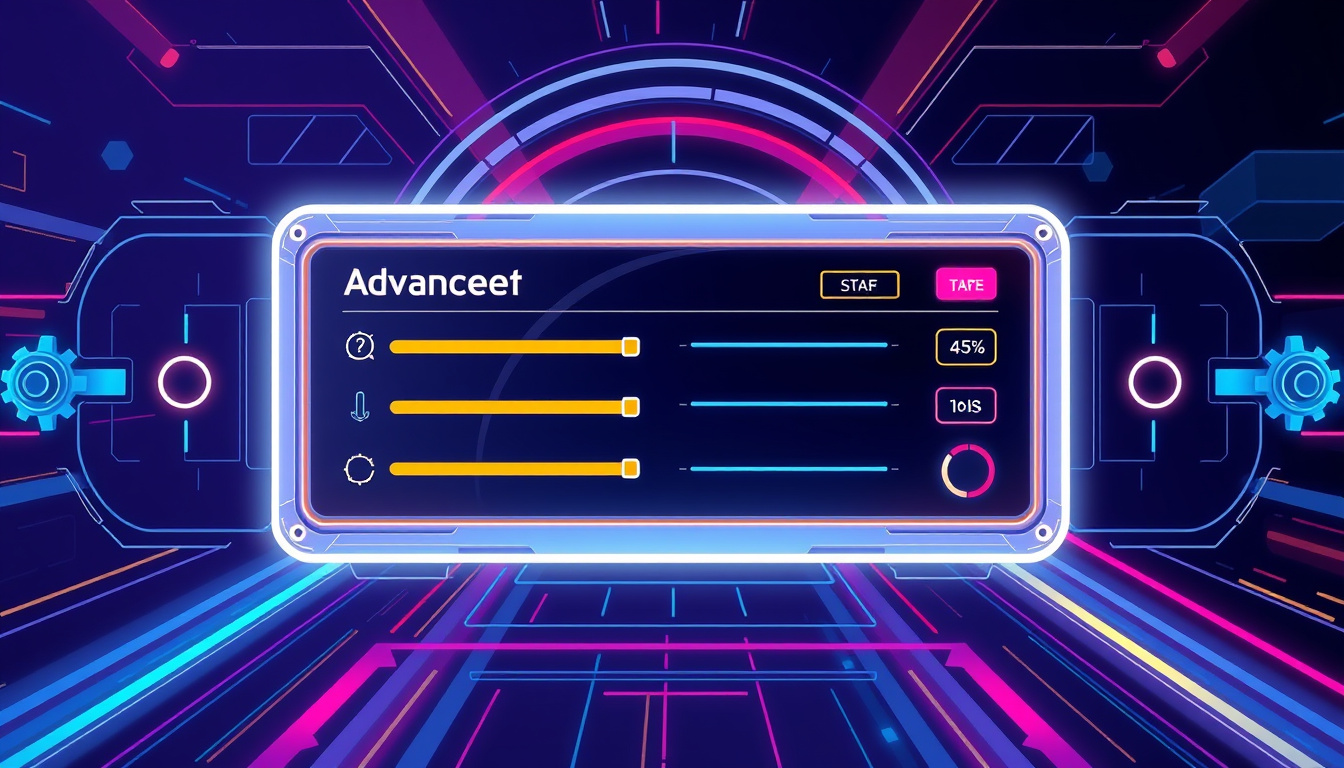Customizing advanced settings in software applications is crucial for tailoring functionalities to meet specific user needs and improving overall performance. In this guide, we will explore the significance of advanced settings customization across various platforms, emphasizing practical steps and considerations for achieving optimal results.
Understanding Advanced Settings
Advanced settings allow users to go beyond the default configurations provided by applications, enabling fine-tuning of functionalities to better suit individual and organizational requirements. These settings can significantly influence how applications operate, leading to enhanced efficiency, improved user experience, and more accurate data management.
Key Areas of Customization
-
Power Apps: In Microsoft’s Power Apps platform, customizing advanced settings requires accessing the customization window through the Advanced settings menu. Once there, users can navigate through different customization options, allowing for the modification of system components such as entities, fields, and forms to create bespoke applications tailored to specific workflows.
-
Service Level Agreements (SLAs) in Zendesk: In the context of customer support, SLAs define the expected response and resolution times for user queries. Advanced settings in Zendesk allow administrators to refine SLA policies based on metrics such as First Reply Time. Users can create or modify existing policies by adjusting criteria for activation and fulfillment, thereby aligning with business objectives and improving service efficiency.
-
Web Portals: For platforms like Janus International’s web portal, advanced settings govern system parameters related to user access and interactions. Customization options can include using specific login methods, enabling service fob functionalities, and establishing zone triggers for device interactions. These settings contribute to a secure and user-friendly environment by allowing tailored access controls and operational procedures.

Steps to Customizing Advanced Settings
1. Accessing Advanced Settings
To get started with customization, locate the advanced settings menu within your application. For example:
- Power Apps: Navigate to the Settings menu, then select Advanced settings to open the customization window.
- Zendesk: Access the Admin Center, proceed to Objects and Rules, and locate the Service Level Agreements section.
- Web Portals: Log into your web portal and click on the Settings tab to find the Advanced Settings section.
2. Modifying Parameters
When you have accessed the advanced settings area:
- Power Apps: Use the customization window to select and modify items using the left panel for navigation and the right panel for applying changes.
- Zendesk: Here, you can define new SLA policies or edit existing ones, ensuring you check the advanced settings to select the necessary options that will be applied.
- Web Portals: Adjust parameters such as the login type or access schedules as needed, with changes typically being saved automatically.
3. Testing and Implementation
After customization, it’s crucial to test the new settings to observe their impact on application performance:
- For Power Apps users, ensure that the app functions seamlessly within the defined customizations.
- In Zendesk, monitor ticket response times to ensure that SLA metrics are being tracked accurately following changes.
- For Web Portals, assess user feedback regarding the modified access controls and functionalities.
Best Practices
- Documentation: Keep a record of changes made to advanced settings. This allows for easy tracking and reverts if necessary.
- Incremental Changes: Implement changes gradually rather than making multiple alterations at once. This helps to better identify potential issues caused by specific settings.
- User Training: Ensure that all users are informed of any changes, as new functionalities or features may require additional training or adjustment.
Conclusion
Customizing advanced settings is a powerful way to enhance the capabilities of software applications. By understanding the various customization options and their potential impact, users can significantly improve performance, user satisfaction, and operational efficiency. Whether through fine-tuning SLAs, adjusting application functionalities, or configuring access permissions, each adjustment plays a vital role in unlocking the software’s full potential.



